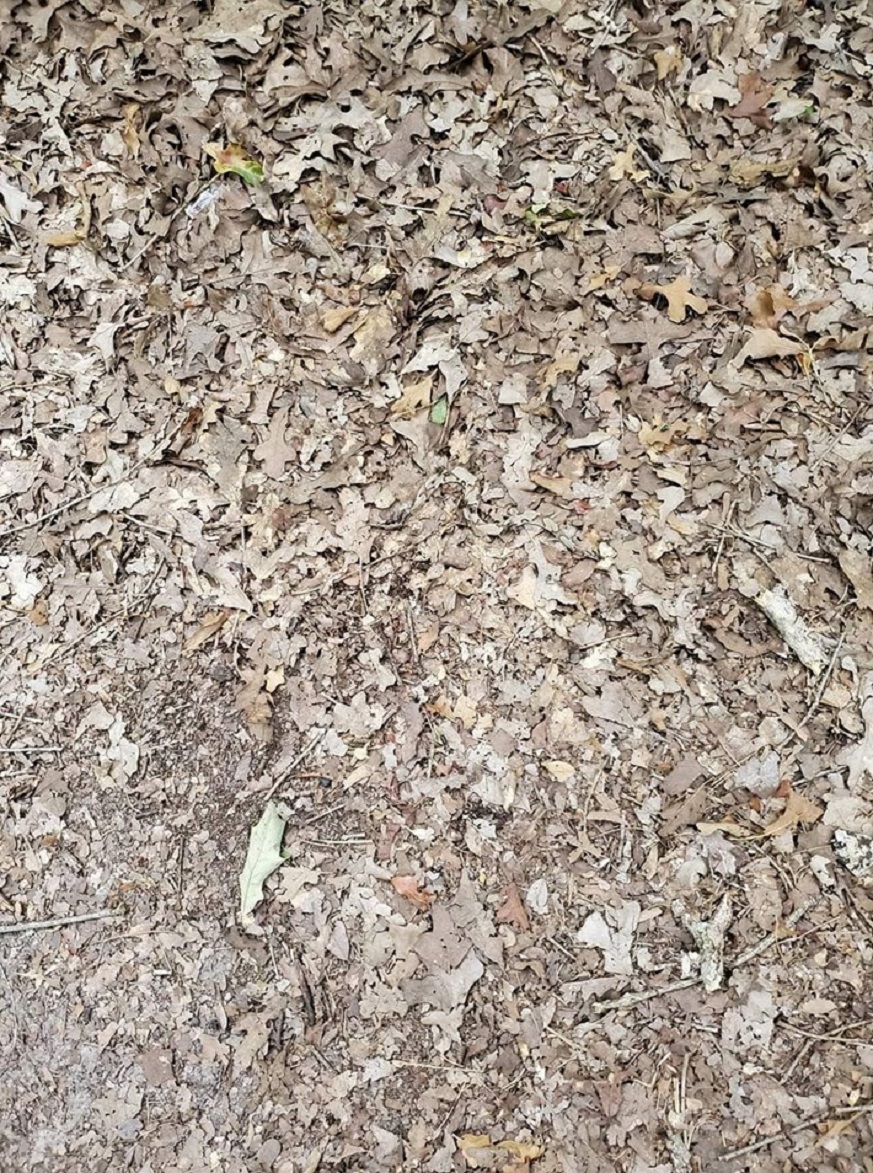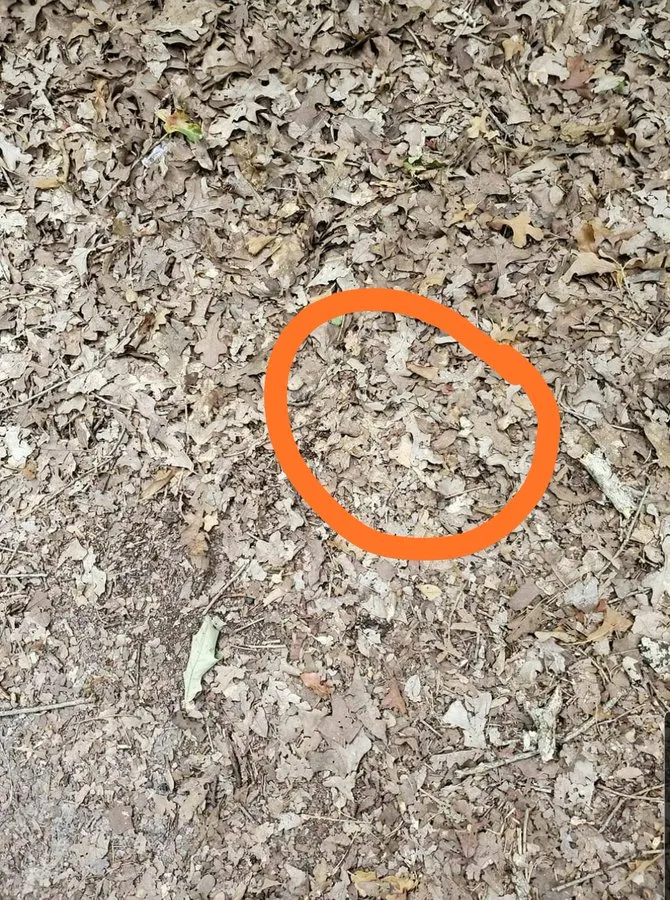World Snake Day: Spot the Hidden Copperhead in This Camouflage Challenge!

Social media platforms are often abuzz with captivating puzzles that capture the imagination of users worldwide. One such challenge, an animal-themed puzzle, recently became a sensation, leaving many scratching their heads. Shared by a user known as ‘The Unbearable One,’ this particular puzzle challenged Twitter users to locate a snake hidden in a leafy backdrop within 15 seconds. The snake’s expert camouflage not only tested, but also showcased the keen observational skills of the participants.
The tweet, posted on July 4, quickly amassed over 131 likes and 40 retweets. While some sharp-eyed netizens successfully spotted the elusive snake, others expressed their astonishment and frustration. “That’s frightening, even when I saw it I looked away and it was gone — scary stuff,” remarked one user.
Another speculated, “These things are always in the middle because someone has intentionally taken the picture of the snake.” Meanwhile, some users, vexed by their inability to find the snake, inadvertently spread misinformation by either incorrectly identifying its location or denying its presence altogether.

Camouflage in nature is a fascinating and complex adaptation that allows animals to blend seamlessly with their surroundings. This survival technique minimizes visibility to predators and prey alike. Among the myriad creatures that employ this strategy, snakes are particularly adept, using camouflage to enhance their hunting efficacy and to evade threats. This article delves into the science behind snake camouflage, its different forms, and the evolutionary significance of this remarkable trait.
### Types of Camouflage in Snakes
1. **Cryptic Coloration**: Many snakes have evolved skin patterns and colors that closely mimic the textures and hues of their natural habitats. For example, the Gaboon viper exhibits a striking pattern that mirrors the fallen leaves and debris of the forest floor.
2. **Disruptive Coloration**: Some snakes, like the common kingsnake, feature patterns that break up their body outlines. This type of camouflage confuses predators about the snake’s actual shape and size, making it difficult to target.
3. **Mimicry**: Certain snakes mimic the appearance of more dangerous species. The harmless king snake, for instance, has similar coloration to the venomous coral snake, which can deter potential predators due to the association with toxicity.
4. **Counter-Shading**: This occurs when a snake is darker on the top and lighter on the bottom, a gradient that counters the natural light and makes them less visible from different angles. This is more common in aquatic snakes, which need to blend in both from above and below.
### The Role of Environment
The effectiveness of camouflage often depends on the snake’s specific environment. Snakes that inhabit densely vegetated areas, such as jungles or forests, typically have more intricate and detailed patterns to match the complex backgrounds of foliage and ground debris. Desert snakes, on the other hand, often sport more uniform and sandy colors to blend into arid landscapes.
### Evolutionary Advantages
Camouflage provides crucial survival advantages:
– **Predator Avoidance**: By blending into their surroundings, snakes can avoid detection by predators such as birds of prey, larger mammals, and other snakes.
– **Prey Ambush**: Camouflage allows snakes to remain undetected by their prey until it is too late. Many snakes are sit-and-wait predators that rely heavily on the element of surprise.
### Challenges and Adaptations
Climate change and habitat destruction pose new challenges to camouflaged species. As environments change rapidly, some snakes may find their once-effective camouflage obsolete against altered backdrops. However, the rapid evolution of these reptiles often allows them to adapt over generations to new environmental conditions.
### Conclusion
The intricate world of snake camouflage is a testament to the complex interactions between organisms and their environments. It illustrates the dynamic nature of evolution, constantly influenced by the dual pressures of predation and survival. As we continue to study and understand these mechanisms, we gain not only insights into the natural world but also potential applications in technology and design, inspired by these natural masters of disguise.



